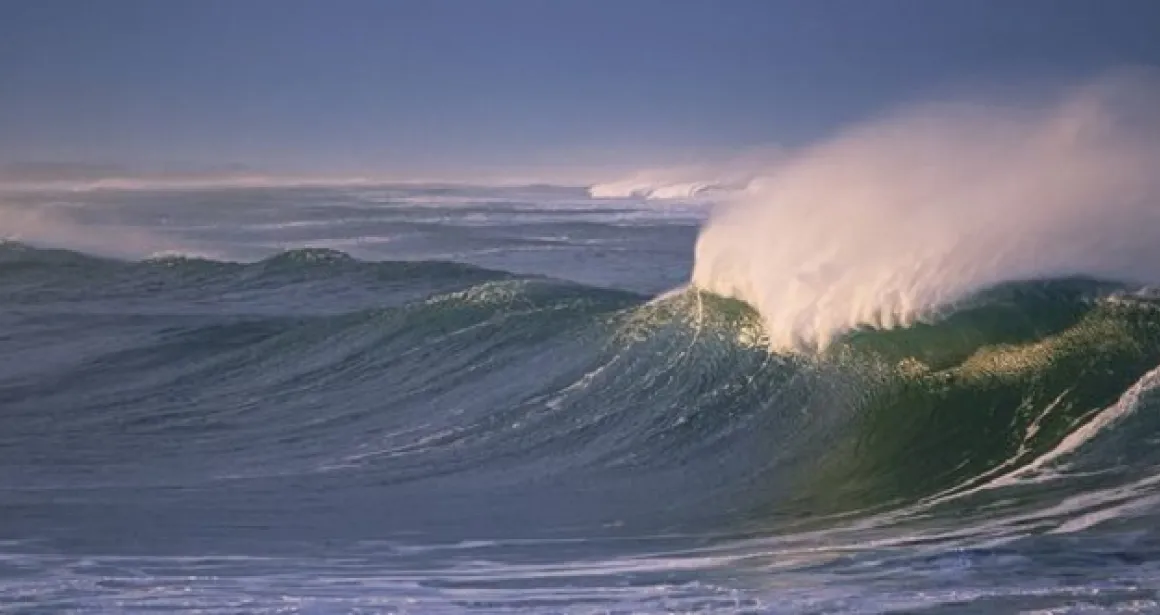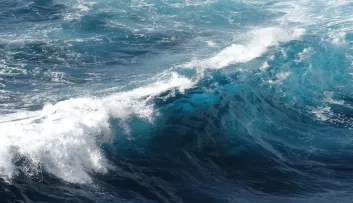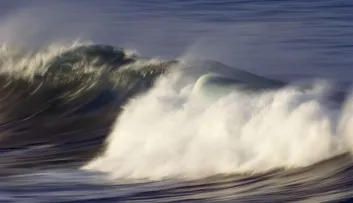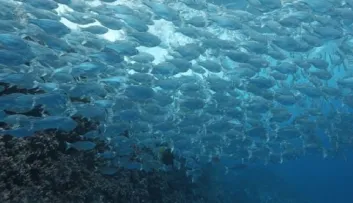High Seas 3mn
What is the water column?
What lies beneath the surface of the ocean?

Updated on 24 April 2024
If the terms "territorial waters", "EEZ" and "high seas" describe a horizontal division of the maritime spaces from the coast to the open sea, what about what lies beneath the surface of the ocean? Are the ocean depths divided into several layers? And what lies between the surface and the "Zone" that describes the bottom and substratum of the ocean? What is the water column? What lives below the surface of the ocean?
What is the water column?
What lies between the surface and the bottom of the ocean is called the water column. The study of the water column provides information on the physical and chemical characteristics of the seawater at a given depth.
The temperature, salinity, light penetration as well as the pH, oxygen content and minerals present in the seawater can then be determined.
The study of the water column also provides information on:
- Living organisms and their environment and where they live, which may change during their life cycle.
- The circulation of water bodies on a large scale and the transfer of matter between these water bodies.
How is the water column divided?
There are 3 main zones in the water column:
- The pelagic zone describes the zone more or less close to the surface
- The demersal zone concerns the zone more or less close to the sea floor
- The benthic zone refers to the sea floor and the sediments.
The pelagic zone is further divided into several sections:
- Epipelagic: this is the zone between 0 and 200 metres where there is enough light for photosynthesis. It has many plants and animals. Approximately 90% of all marine life thrives in this area.
- Mesopelagic: between 200 and 1000 metres, photosynthesis is no longer possible at these depths.
- Bathypelagic: between 1,000 and 4,000 metres, at this depth there is complete darkness and the animals that live there feed on marine snow, i.e. marine detritus from the upper layers.
- Abyssopelagic: from 4,000 to 6,000 metres, down to the ocean floor. There is no more light at these depths, the creatures living at this depth are albino and generally blind.
- Hadopelagic: from the ocean floor to the deepest trench, 11 km down from the surface of the ocean.
Did you know?
The average depth of the ocean is 3,800 metres, whereas the average height of the peaks on land is 840 metres. The water temperature is below 2°C at extreme depths, and every 10 metres, the pressure increases by one bar!


